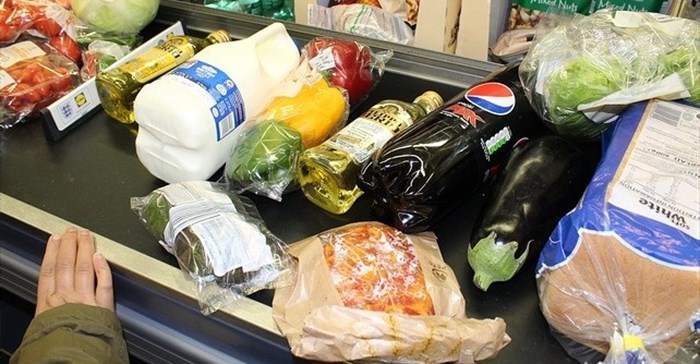
Related
Top stories






More news









2016 was marked by a steady decline in cereal prices, which fell 9.6 percent from 2015 and were down 39 percent from their 2011 peak. At the same time, sugar and vegetable oil prices rose over the year by 34.2 percent and 11.4 percent, respectively.
"Economic uncertainties, including movements in exchange rates, are likely to influence food markets even more so this year," said FAO senior economist Abdolreza Abbassian.
FAO's Cereal Price Index, largely stable since September, increased 0.5 percent in the month of December, with rice and maize quotations firming up while larger-than-expected production estimates in Australia, Canada, and the Russian Federation led to lower wheat prices.
FAO's Vegetable Oil Price Index rose 4.2 percent from November, capping a double-digit annual gain to reach its highest level since July 2014. Both palm oil and soy oil quotations rose, the former due to low global inventory levels and tight supplies, the latter on the prospect of rising use in the biodiesel sectors in North and South America.
The FAO Dairy Price Index also rose, by 3.3 percent, from November, due primarily to higher prices for butter, cheese, and whole milk powder and restrained output in the European Union and Oceania.
The FAO Sugar Price Index, while up almost a third over the year, declined 8.6 percent in the last month of 2016. The sharp fall was mainly driven by an ongoing weakening of the Brazilian Real against the US dollar, along with a reported 18 percent jump in expected production in the Centre South, Brazil's main sugarcane-growing region.
The FAO Meat Price Index declined 1.1 percent from its revised November level. Its average value in 2016 was 7 percent below that of 2015, due mainly to falls in the international prices of bovine and poultry meats.